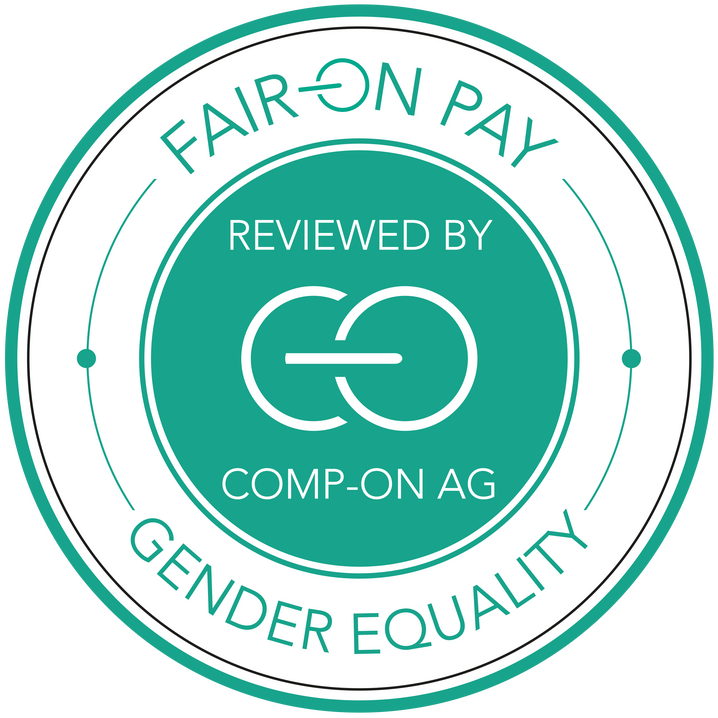Equal Pay for Men and Women
Definition
Equal pay for equal work or work of equal value. Thus, women and men should be paid equally for equal work or work of equal value.
Legal Framework
The right to equal pay is enshrined in various important international agreements and national legislations are being constantly sharpened.
Global Scope
Led by the ILO, UN Women, and the OECD, the Equal Pay International Coalition’s (EPIC) goal is to achieve equal pay for women and men everywhere.
International Frameworks
The right to equal pay for work of equal value is enshrined in various important international agreements (see below for details). The Equal Remuneration Convention 1951 (No. 100) of the International Labor Organization (ILO), ratified by 173 countries, is considered a milestone. According to Art. 2, all member states are to promote and review the implementation of equal pay.
UN International Covenant on Economic, Social and Cultural Rights (1966)
CEDAW Convention on the Elimination of All Forms of Discrimination against Women (1979)
UN Beijing Declaration and Platform for Action (1995)
OECD’s Recommendation of the Council on Gender Equality (2013)
UN Women: 60. Session of the Commission on the Status of Women CSW60 (2016)
More here: CSW60 (2016) | UN Women – Headquarters
The Equal Pay International Coalition (EPIC) plays a central role in the implementation of equal pay. EPIC supports governments, employer and employee organizations, and other stakeholders in achieving equal pay by raising awareness, sharing knowledge, innovating, and scaling up initiatives and programs that have already achieved positive results. Among EPIC’s recommended actions is conducting an annual workplace pay equity analysis.
The UN’s Sustainable Development Agenda also achieves the implementation of equal pay for work of equal value by 2030, recognizing it as key to economic growth and poverty reduction (Sustainable development goals SDG, “Target 8.5). It is clear that companies also have a central role to play in achieving this goal.
Corporate Social Responsibility
In addition, companies’ own responsibility with regard to social, economic and ecological sustainability is becoming increasingly important globally. The fulfillment of operational standards such as the ESG criteria (environment, corporate social responsibility and corporate governance) is becoming increasingly important for the positioning of companies. Therefore, it is the responsibility of the companies to actively contribute to social issues such as gender equality. This also includes the active monitoring of equal pay between men and women.
As equal pay can, thus, be seen as a vital tool in attracting and retaining the diverse workforce organizations need to drive diversity of thought and innovation and in building businesses that resonate with customers, investors and other stakeholders.
Increased interest from Stakeholders
Furthermore, the public and employees increasingly expect companies to assume their social responsibility by positioning themselves around the issue of diversity and gender equality and also implementing active measures. According to the 2021 Edelman Trust Barometer Report on the “Belief-Driven Employee”, 70% of respondents expect their employer company to have a social impact.
How to measure Equal Pay
Approaches and methodologies used to tackle Equal Pay issues differ in some countries, the main message from legislators, however, remains always the same: systematic wage differences based on gender are unacceptable and companies must actively assume their responsibility in this regard.
Demonstrating compliance with equal pay is more challenging than might be intuitively assumed. Individual cases (e.g. court cases) can be enormously demanding and involve a comprehensive, qualitative assessment of the individual situation (court cases to determine comparability and weigh the justifications for pay differences in Switzerland for example can sometimes take years).
One could assume, that simple descriptive statistics (i.e. averages pay by gender and rank) is enough to determine if there is a significative gender pay gap. However, as explained for individual cases, this would ignore more complex criteria which is relevant in explaining compensation.
A promising and increasingly used approach is that of statistical equal pay analyses based on complex regressions. These models have the advantage of being applicable systematically to entire companies. They also enable a clear statement regarding how high the gender pay gap is as well as regarding whether the gap is statistically tolerable or not (based on a pre-defined threshold).
With a Fair-ON-Pay certification, a company has the opportunity to tackle the issue actively and sustainably.
Ready to get certified?
Fair-ON-Pay Association
Contact
Comp-On AG, HR Solutions
c/o Fair-ON-Pay Association
Bahnhofplatz 3h, 5000 Aarau, Switzerland
